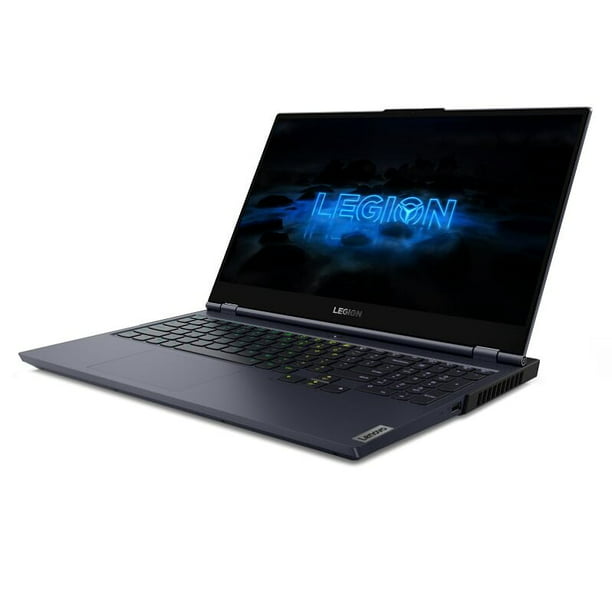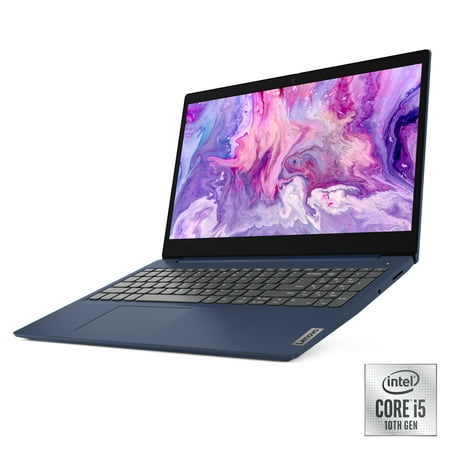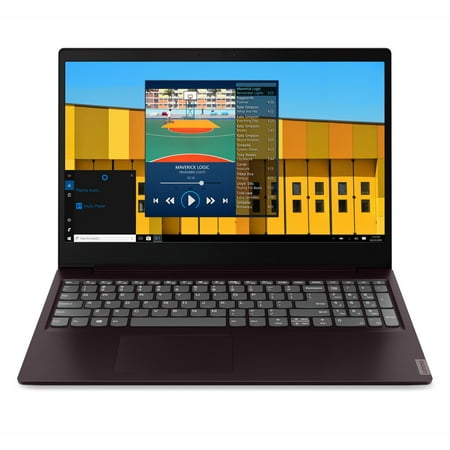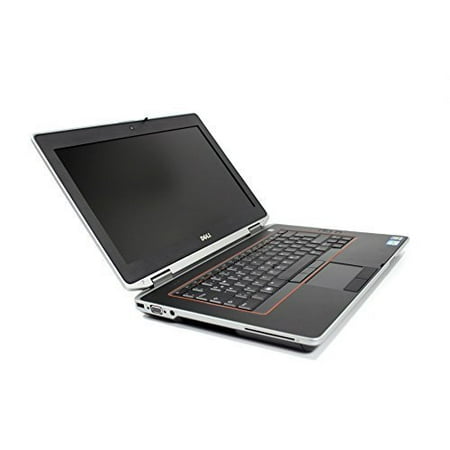Lenovo IdeaPad 3 15″ Laptop, Intel Core i5-1035G1 Quad-Core Processor, 8GB Memory, 256GB Solid State Drive, Windows 10, Abyss Blue, 81WE00ENUS
Engineered for long-lasting performance, the Lenovo™ IdeaPad™ 3 delivers powerful performance in a laptop that’s perfect for your everyday tasks, with features that you can depend on.
Lenovo IdeaPad 3 15″ Laptop, Intel Core i5-1035G1 Quad-Core Processor, 8GB Memory, 256GB Solid State Drive, Windows 10, Abyss Blue, 81WE00ENUS 2020 modelLenovo IdeaPad 3 15″ Laptop, Intel Core i5-1035G1 Quad-Core Processor, 8GB Memory, 256GB Solid State Drive, Windows 10, Abyss Blue, 81WE00ENUS
Windows 10 operating system
Windows 10 brings back the Start Menu from Windows 7 and introduces new features, like the Edge Web browser that lets you markup Web pages on your screen.
15.6″ touch screen for hands-on control
Touch, tap, glide and make the most of Windows 10. HD TruBrite technology amps up color and clarity. Typical 1366 x 768 HD resolution. Supports 720p content. Energy-efficient LED backlight.
10th Gen Intel® Core™ i5-1035G1 processor
Smart dual-core, four-way processing performance. Intel Turbo Boost Technology delivers dynamic extra power when you need it, while increasing energy efficiency when you don’t.
12GB system memory for full-power multitasking
Plenty of high-bandwidth RAM to smoothly run your games and photo- and video-editing applications, as well as multiple programs and browser tabs all at once.
Solid State Drive (PCI-e)
Save files fast and store more data. With massive amounts of storage and advanced communication power, PCI-e SSDs are great for major gaming applications, multiple servers, daily backups, and more.
Intel® UHD Graphics
On-processor graphics with shared video memory provide everyday image quality for Internet use, basic photo editing and casual gaming.
Weighs 4.07 lbs. and measures 0.78″ thin
Thin and light design with DVD/CD drive omitted for improved portability. 2-cell lithium-ion battery.
HDMI output expands your viewing options
Connect to an HDTV or high-def monitor to set up two screens side by side or just see more of the big picture.
Wireless/Wired connectivity (WiFi 5 – 802.11 ac)
Connect to a Wireless-AC router for nearly 3x the speed, more capacity and wider coverage than Wireless-N. Backward-compatible with all other Wi-Fi networks and hotspots.
Built-in HD webcam with microphone
Makes it easy to video chat with family and friends or teleconference with colleagues over Skype or other popular applications.
Basic software package included
30-days trial of Microsoft Office.
This laptop does not include a built-in DVD/CD drive.
Intel®, Pentium, Celeron, Core, Atom, Ultrabook, Intel® Inside and the Intel® Inside logo are trademarks or registered trademarks of Intel® Corporation or its subsidiaries in the United States and other countries.
Additional information
| Processor Brand | Intel |
|---|---|
| Processor Type | Intel Core i5-1035G1 |
| Hard Drive Capacity | 256 GB |
| Processor Core Type | Quad Core |
| Manufacturer | Lenovo |
| Processor Speed | 1 GHz |
| Manufacturer Part Number | 81we00enus |
| Wireless Technology | 2×2 802.11AC |
| RAM Memory | 8 GB |
| Maximum RAM Supported | 8 GB |
| Operating System | Windows 10 |
| Battery Life | 7.5 h |
| Model | 81WE00ENUS |
| Screen Size | 15.6" |
| Brand | Lenovo |
| Assembled Product Dimensions (L x W x H) | 22.00 x 4.00 x 14.00 Inches |






by Carlos
A M A Z I N G ! ! ! This lap have cover my expectations and beyond!!! Light, Nice color, GREAT screen, so far, fast enough!!! I recommend it a lot!!! Good purchase!!!
by Mike
I absolutely love my new beautiful champagne colored 15” laptop. It’s light weight, has soft keys, a touch screen, it was easy to set up, reasonably priced, arrived quickly and it’s fast. I’ve had other brands of laptop (Dell and Toshiba), but the Lenovo is my favorite! I am so happy with my purchase!
by John
I really love the fact that it’s so easy to set up step by step and we purchased this computer to put my son through kindergarten due to COVID, he has an easy time working with math due to the numbers set up like a calculator on the right hand side.
by James
I wasn’t sure which laptop I should get cos I know nothing about computers. I contacted live chat agent and she immediately recommend one to me. I received the laptop in 2 days and I’m in love with it!! Great quality!!
by Steve
Already a fan of Lenovo, I am not surprised I love my recent purchase so much. This laptop I needed primarily for my online college courses. But my son also used it for virtual learning. The screen resolution is perfect, the keyboard layout is just right and the webcam is perfectly clear. Not to mention, it looks so stylish. The gold is so trendy and the laptop is thin and lightweight. Thanks Lenovo!
by Chuck
The construction of this machine is solid. We bought it for general browsing/streaming activities but also to serve as a backup to machine’s for our daughters to use for school and as a backup for me to remote access my work. It is fully capable of all those tasks. And, the touchscreen is a great feature. This machine was clearly the best value I could find at its price point.
by Alex
Honestly the best computer I’ve owned. It’s lightweight and sleek, I love the mouse pad and it’s very fast. The touch screen is also nice too. This computer also has a good battery and is built to never overcharge.
by Bob
I absolutely love this laptop. When I ordered it I did not know that it had touchscreen and when I received it I was in awe of how sleek and nice it looked. The touchscreen gave it a plus! It’s fast, slim, and lightweight and works good for my work at home jobs.
by Jenny
We bought 2 of these leptops without realizing the webcam was only .3 megapixel. We do a lot on zoom so a good camera was a must. Most laptops at least come with .92 mp which is also like 720p. So we returned them. However, in the day that we had it, everything else was great! Easy set up. Fast browsing. Nice design, size and keyboard. Just wish it would have had a decent camera. It wasn’t sharp at all, a little blurry.
by David
I’m a college student, so I definitely needed a computer. This one was cheap, and is honestly worth the money. I only have it a four stars because sometimes it’s a little bit slow. Although that might be because of my wifi.